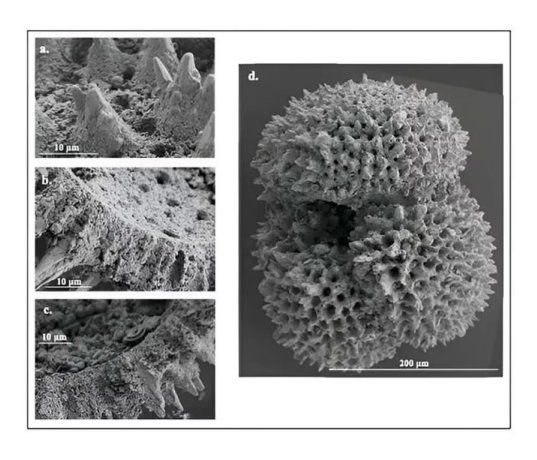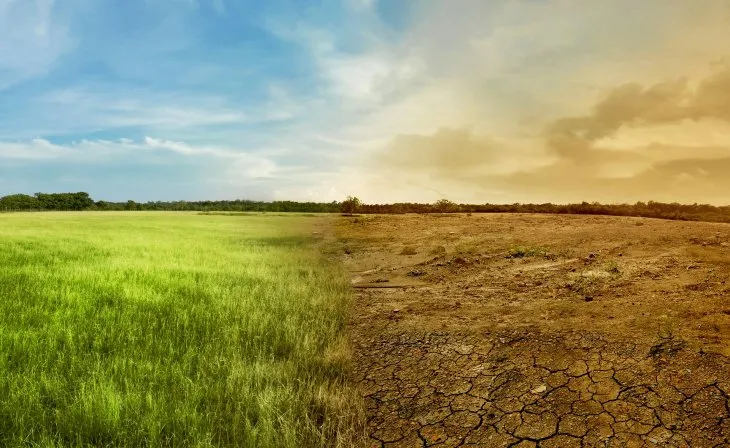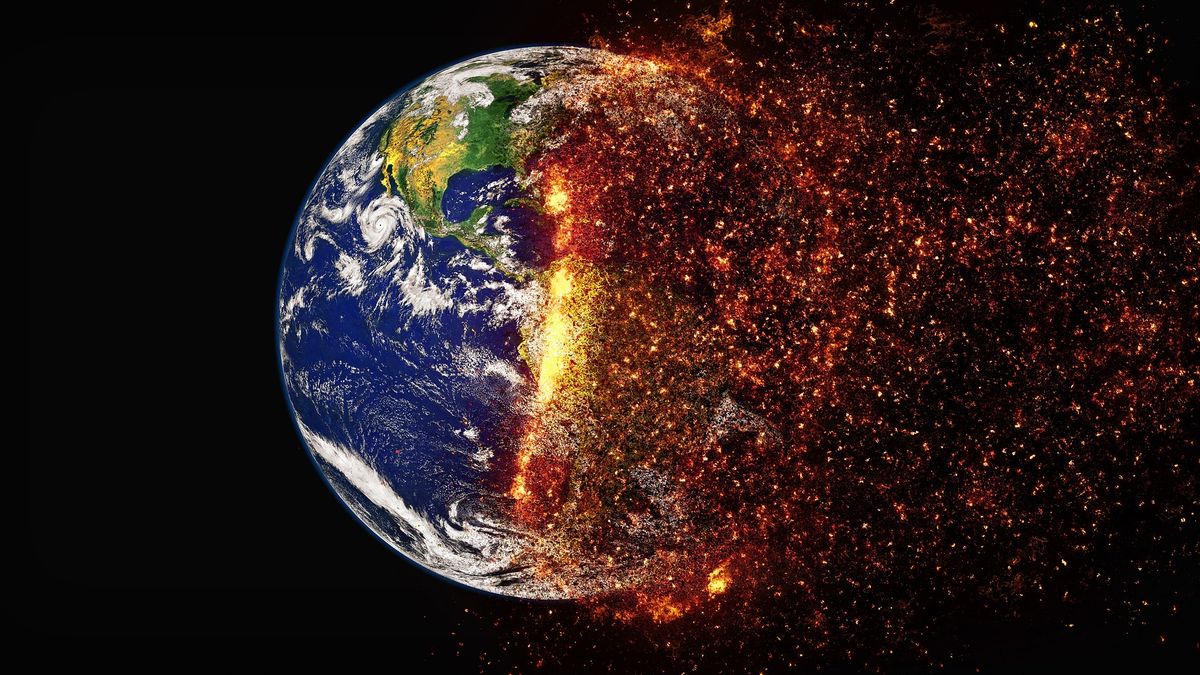Throughout Earth’s history there were periods in which the climate experienced drastic changes, seriously affecting the flora and fauna of the time. Several of these events occurred in the late Paleocene and early Eocene, approximately 59 to 51 million years ago. In these moments, The average global temperature rose rapidly, impacting all forms of terrestrial life and causing the extinction of various species.
Although the exact causes of these events are still unclearthe most accepted theory holds that Intense volcanic activity released large amounts of carbon dioxide, triggering warming that also had repercussions on the oceans. An article published in the magazine Proceedings of the National Academy of Sciences by a group of researchers reveals a significant correlation between ocean temperatures and levels of greenhouse gases in the atmosphere, connecting these ancient episodes of extreme heat with the increase in CO2 similar to that observed in current climate change.
Etna Volcano Eruption 1.JPG
Reuters
Why is this discovery important?
The rapidity with which temperatures rose and the volume of carbon dioxide released during “thermal maxima” millions of years ago have parallels with the results of modern industrial activities.. Therefore, studying these ancient periods can provide valuable information about how the Earth has managed climate balance through carbon feedback loops, which is crucial for predicting the future impact of anthropogenic climate change.
Study methodology
Scientists analyzed microscopic foraminiferal fossilssingle-celled organisms with shells, extracted from samples from underwater drilling in the Pacific Ocean. Many of these organisms became extinct during warming events due to high sea temperatures.. Using an advanced statistical model, the researchers were able to determine the chemical characteristics and carbon dioxide concentrations on the ocean surface at that time.
Fossils.jpg

Microscopic fossils of foraminifera.
Courtesy Dustin Harper / University of Utah
Foraminifera accumulate boron in their shells, and isotopes of this element serve as indicators of carbon dioxide concentration. “We measured the boron chemistry in the shells and can translate those values, using modern observations, to understand past seawater conditions. This way we can obtain data on CO2 in seawater and translate it to atmospheric CO2“explained Dustin Harper, lead author of the study and researcher at the University of Utah.
The fossils were found on the Shatsky Plateau, near Japan, an ocean area shallower than its surroundings, which allowed the preservation of the shells of these organisms. The researchers determined sea surface temperatures and atmospheric carbon dioxide levels over the 6 million years in which warming events, such as the Paleocene-Eocene Thermal Maximum (PETM) and the Eocene Thermal Maximum, occurred. 2 (ETM-2). During the PETM, ice sheets at the poles were non-existent, with ocean temperatures approaching 32°C.
The research concluded that the increase in atmospheric carbon dioxide levels led to an increase in global temperatures, revealing how Earth’s climate system responds to changes in greenhouse gases. “We observed some variation, perhaps slightly lower climate sensitivity, with less pronounced warming associated with a given change in CO2 in these long-term events. However, overall, we identified a common range of climate sensitivities,” Gabriel said. Bowen, co-author of the study and professor of geology at the University of Utah.
Similarities and differences with current climate change
Although current human-caused carbon emissions are 4 to 10 times faster than those produced by volcanic eruptions during these events, the total amount of greenhouse gases released is comparable to that expected from human activities.. Therefore, understanding what happened in these ancient warming periods may be key to predict how the climate will change in the future and to prepare humanity to face those changes. More detailed studies of the climate and oceans during these warming episodes are still needed.
global warming.jpg

This discovery may be key to predicting how the climate will change in the future and thus prepare humanity to face these changes.
“These events can serve as a case study, helping us understand the environmental changes that result from carbon release,” Harper concluded.
Source: Ambito
David William is a talented author who has made a name for himself in the world of writing. He is a professional author who writes on a wide range of topics, from general interest to opinion news. David is currently working as a writer at 24 hours worlds where he brings his unique perspective and in-depth research to his articles, making them both informative and engaging.




